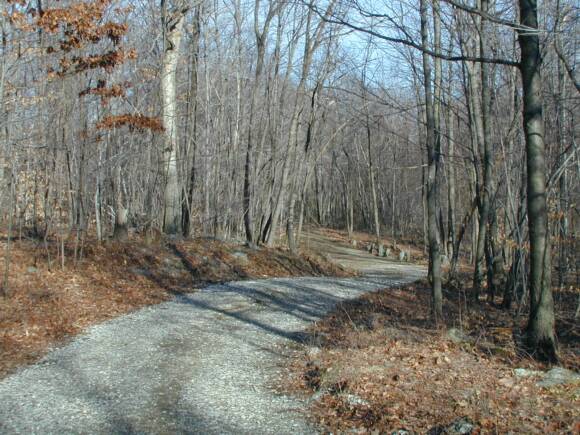
Land Preservation
Protecting land is one of the finest legacies a person can leave for future generations.
Many owners want the land they love to retain its beauty, character and wildlife value – whether it is a working farm, forest land, shoreline or other open space. In many cases, an owner has lived on and loved the land for many years. It can be protected into the future, but only if careful plans are made. There are several different paths one can take to preserve land. Below are some of the more common ways. Please contact us if you would like to discuss any of the different options. For information on tax advantages, the landowner should consult a tax lawyer or tax accountant to determine the exact tax advantages available.
Conservation Easement
A conservation easement is a legal agreement between a landowner and the land trust that places specific land use restrictions on a property. The specific restrictions are worked out between the land trust and the landowner. The easement becomes part of the title to the property. The landowner may sell or bequeath the property allowing it to remain in private ownership. The land may be used only in a manner consistent with the easements restrictions. All future owners are bound by the terms of the easement. Public access may be limited or denied at the landowner’s discretion. This option allows the landowner to live permanently on the land for as long as he/she lives and use it consistent with the easement terms. The CVRLT’s responsibility is to monitor the land to insure the terms of the easement are not violated.
Land Donations
Land donations give the land trust full control over the land consistent with the objectives of the land trust. This option appeals to land owners who want the land maintained in its natural condition. Other considerations may be open space, farmland, ecological, scenic or wild animal habitat among others. CVRLT decides on a management program for stewardship and restoration of natural habitat as necessary. Such land is open to the public for passive use only.
Donating land for conservation purposes might be the best strategy when the owner does not wish to pass the land on to heirs, no longer uses the property, or would like to be relieved of the responsibility of managing and caring for the land, or when the property has appreciated substantially. The donation can result in substantial income tax deductions, estate tax benefits and local property tax reductions, but also it can avoid any capital gains taxes that would have resulted from selling the property. Most importantly, if the land is donated because of its conservation value, it will be protected.
Sales/Bargain Sales
Land may be sold outright to the land trust. In a bargain sale the landowner sells the land to the land trust below fair market value. This option reduces the cost to the land trust and allows the landowner immediate income while realizing tax benefits.
Donation by Will
The landowner may wish to donate his or her land by will. This option allows the landowner to control the land while alive but assures that after death the land will be preserved by the land trust.
Deed Restrictions
Various restrictions may be placed on a deed, as the landowner desires. The restriction(s) become part of the deed. However unlike easements (particularly conservations) deed restrictions can be changed or broken. CVRLT does not suggest this option as deed restrictions are much more difficult to enforce then easements.